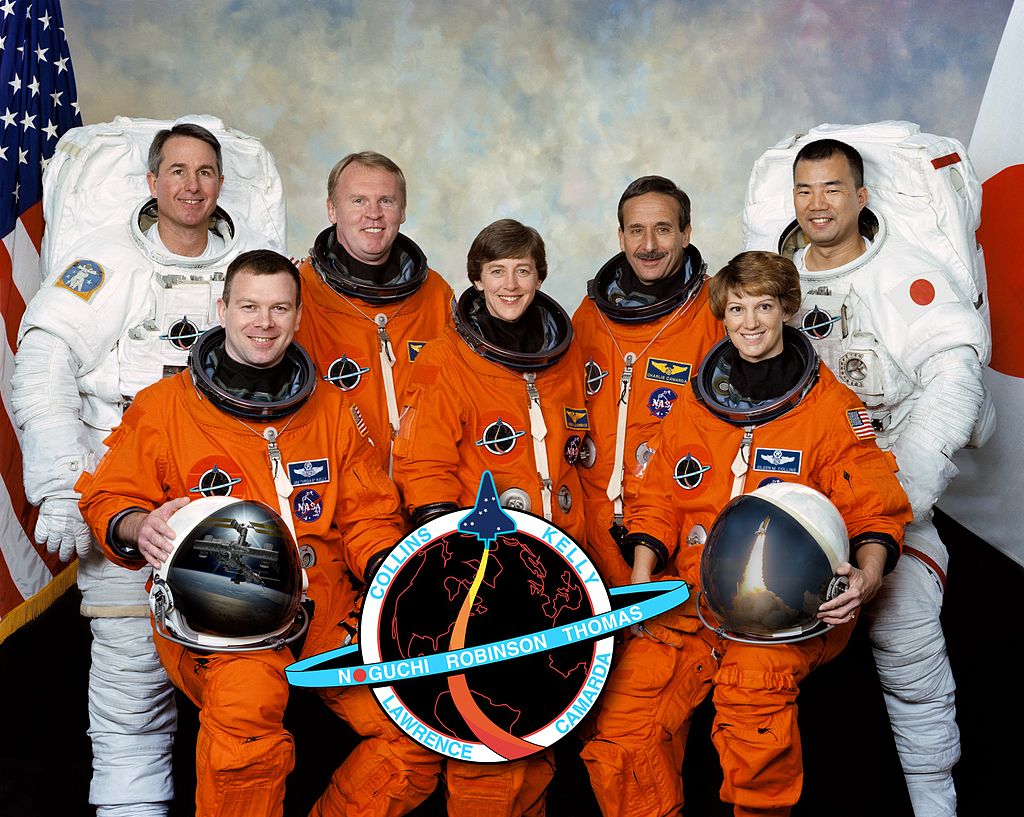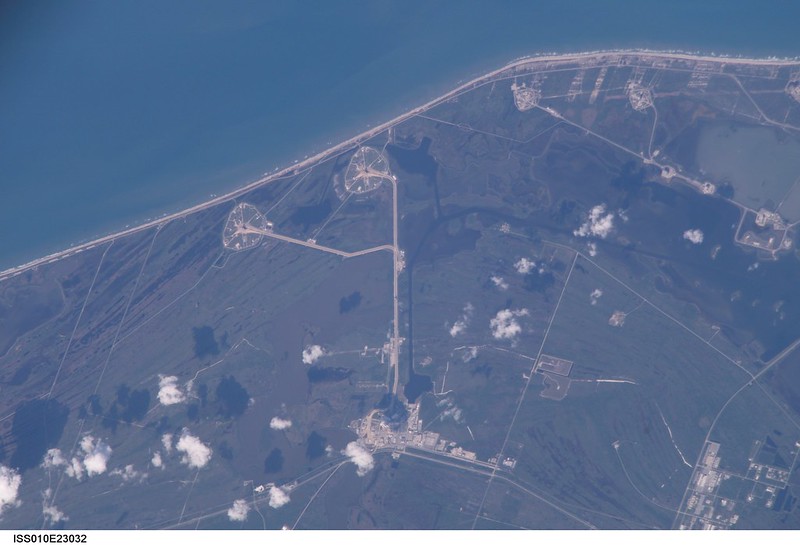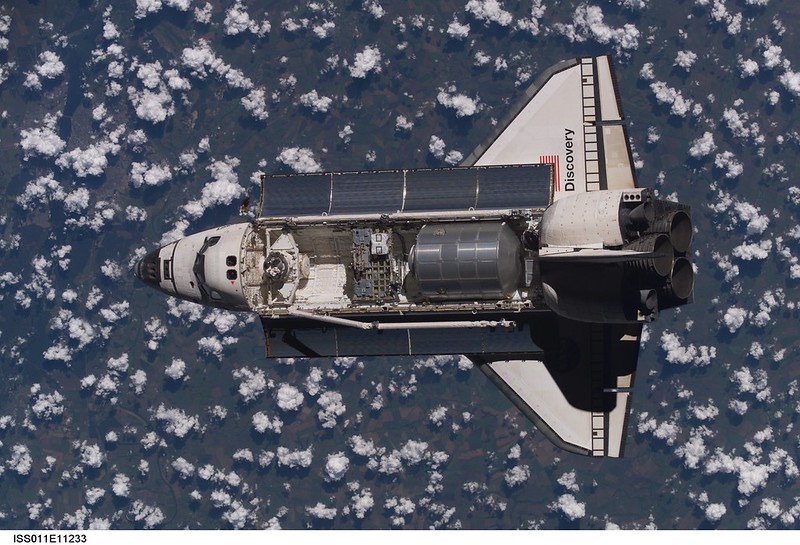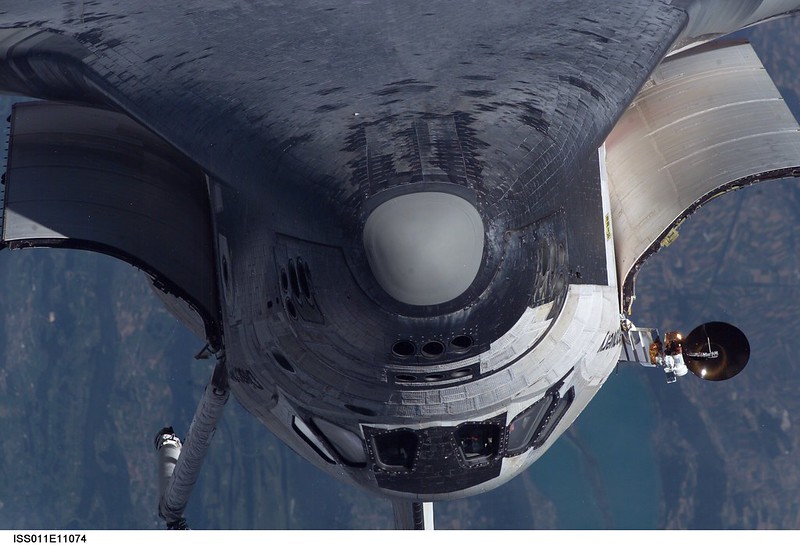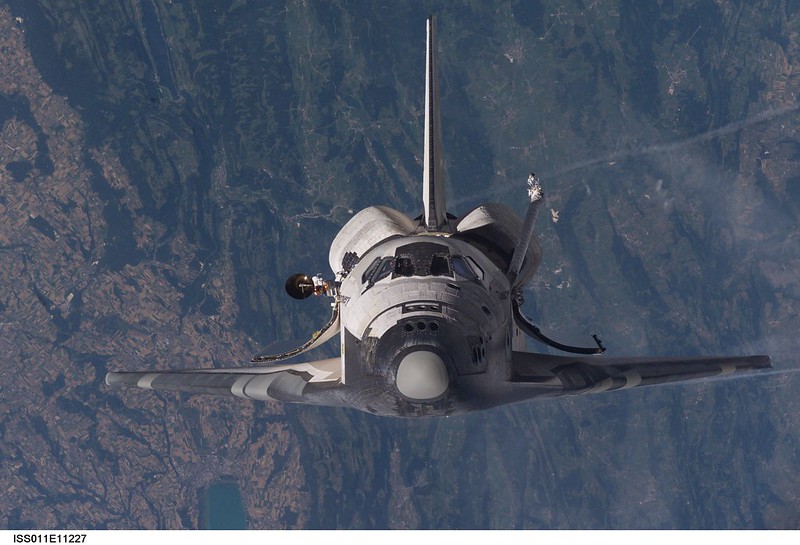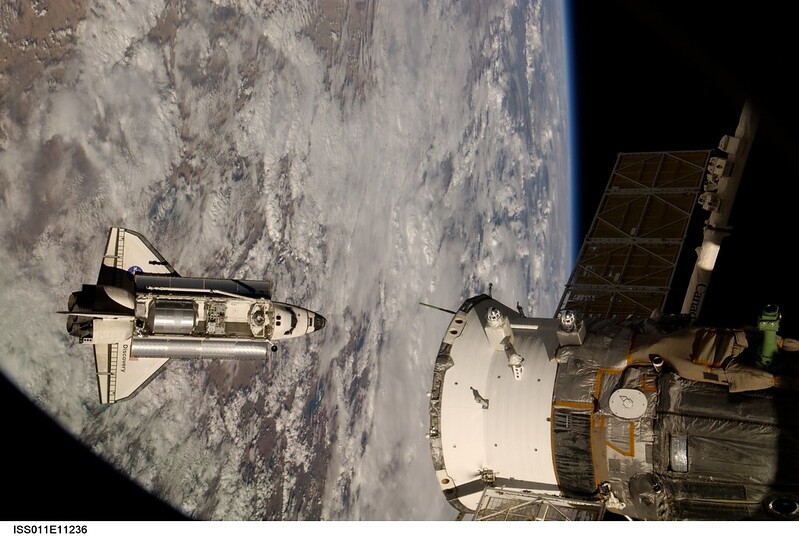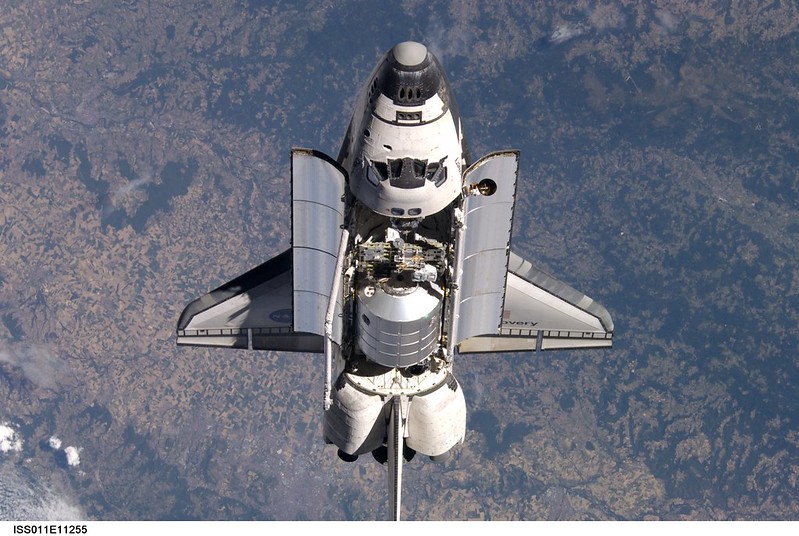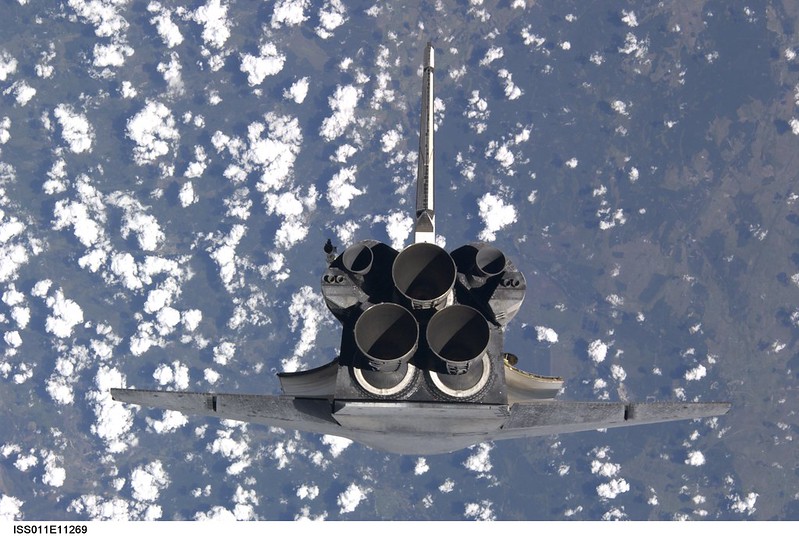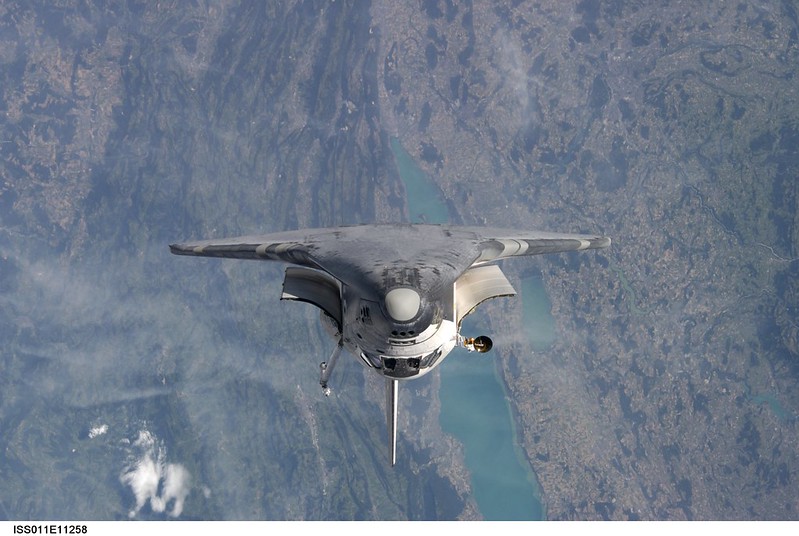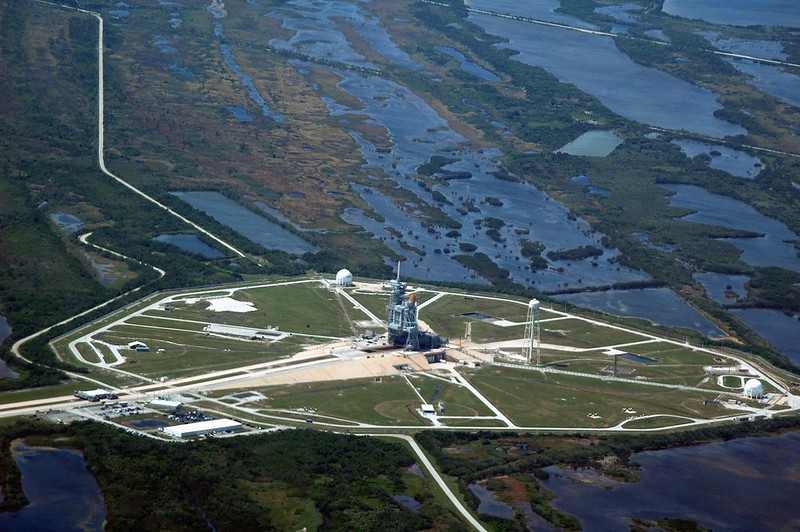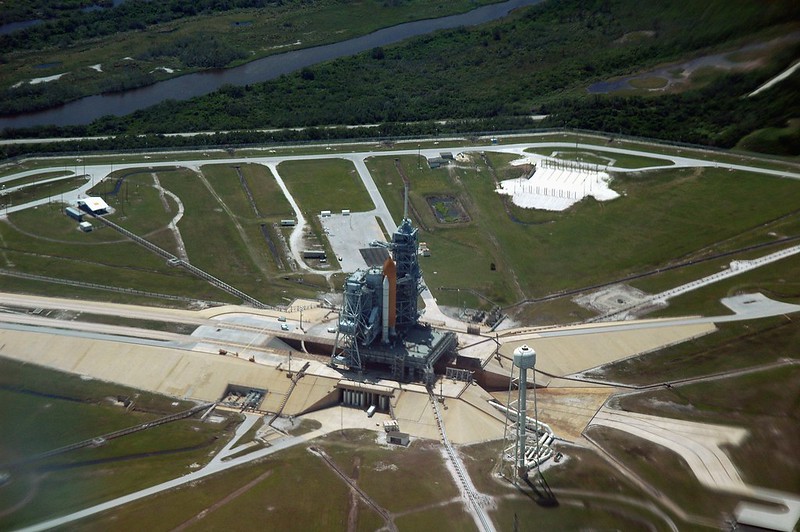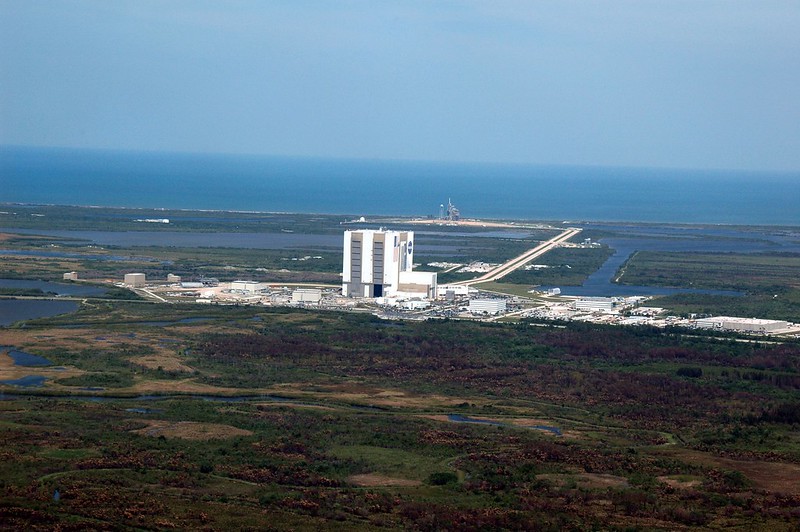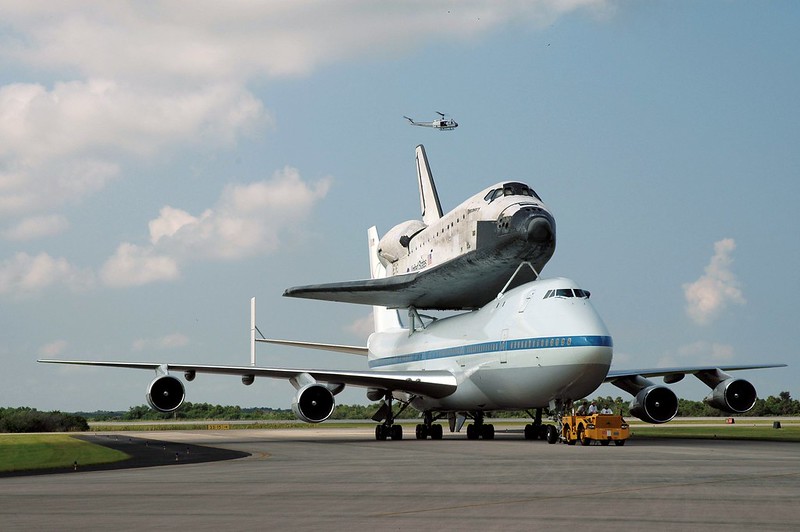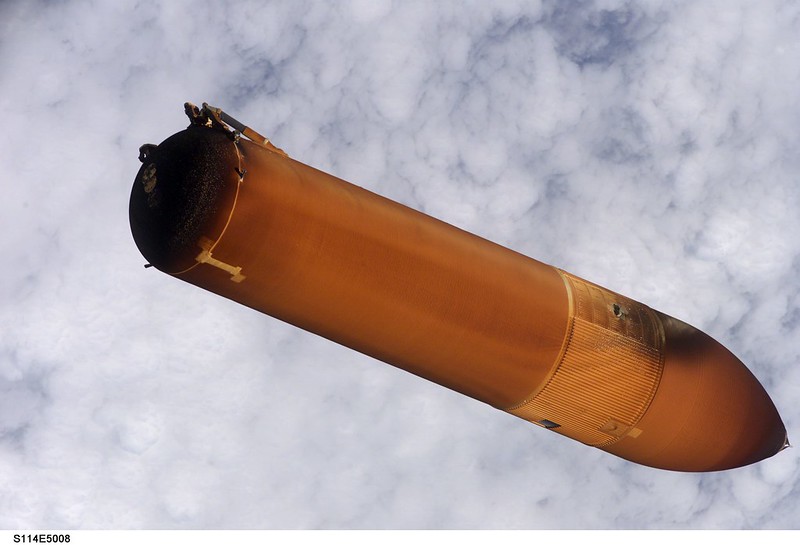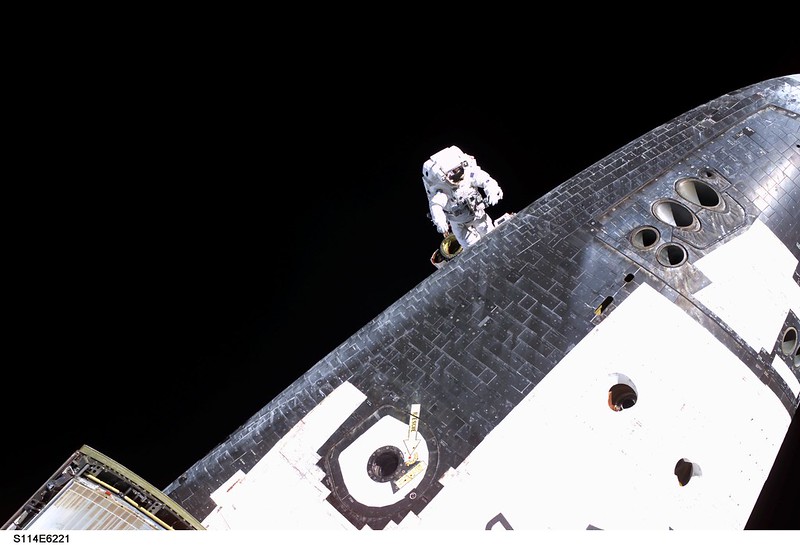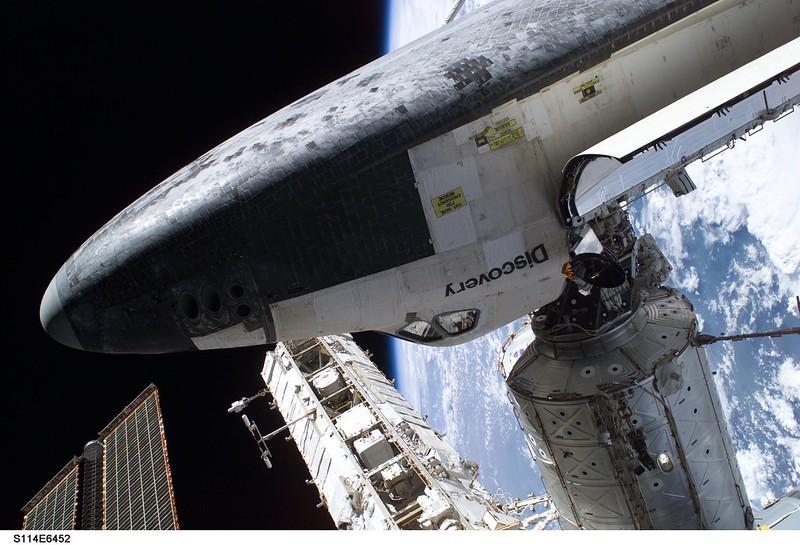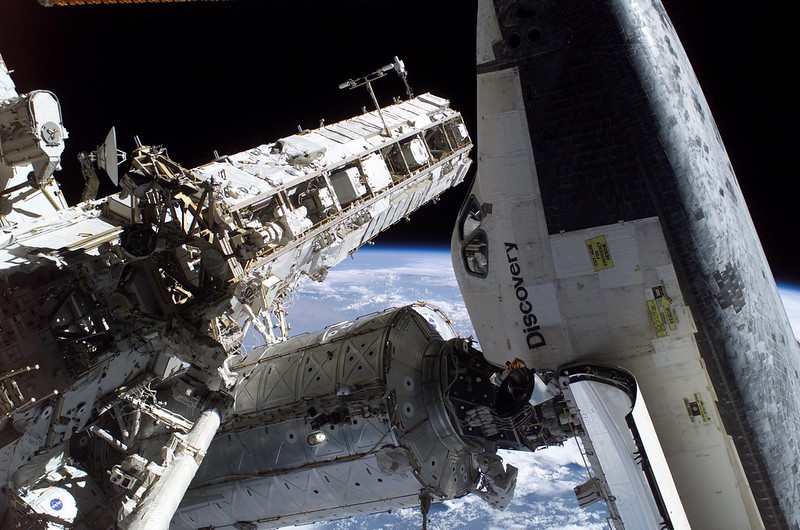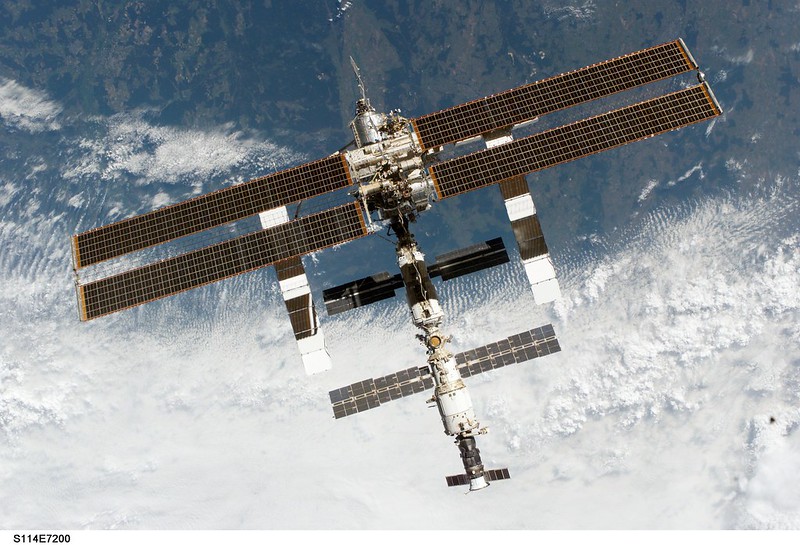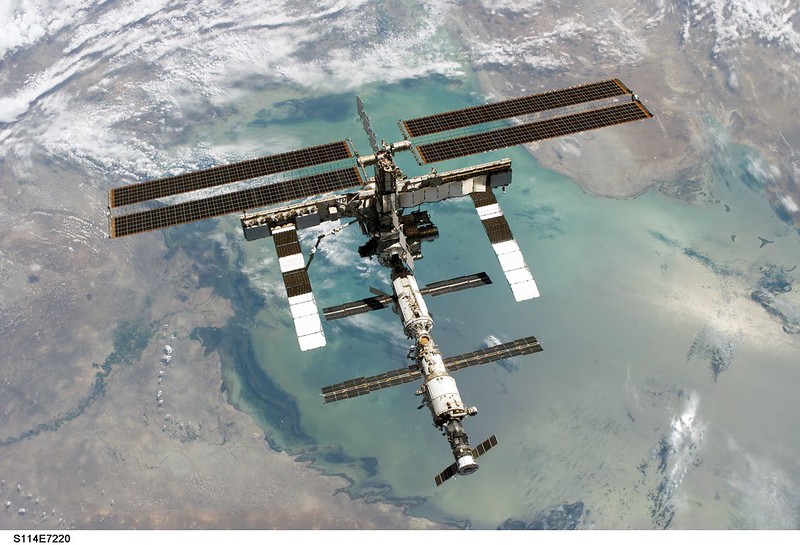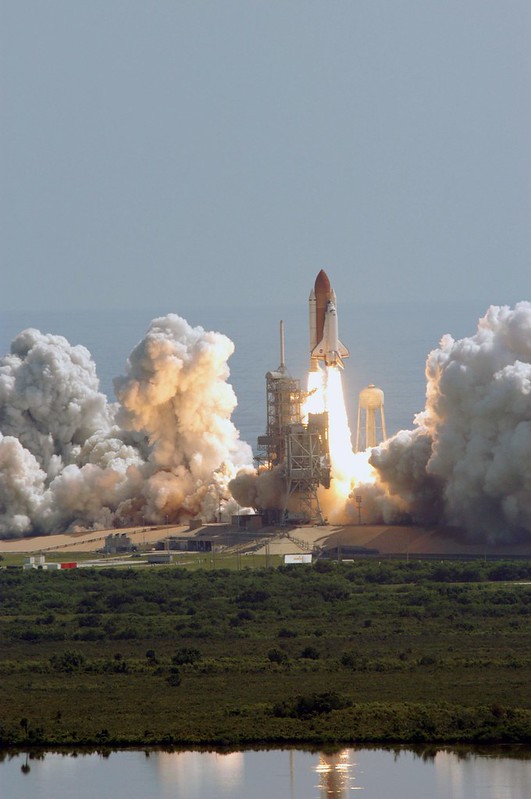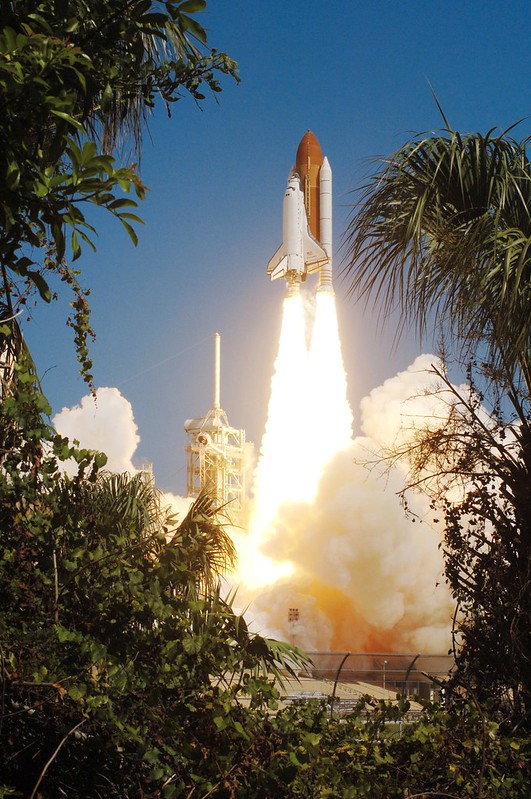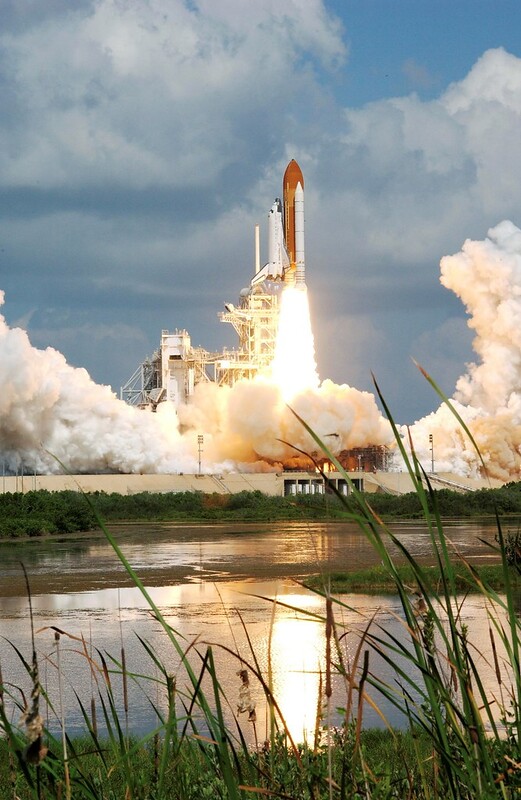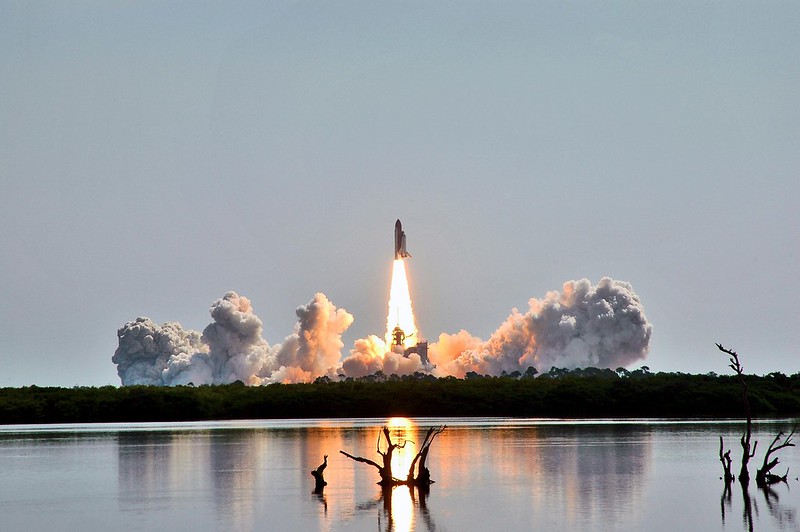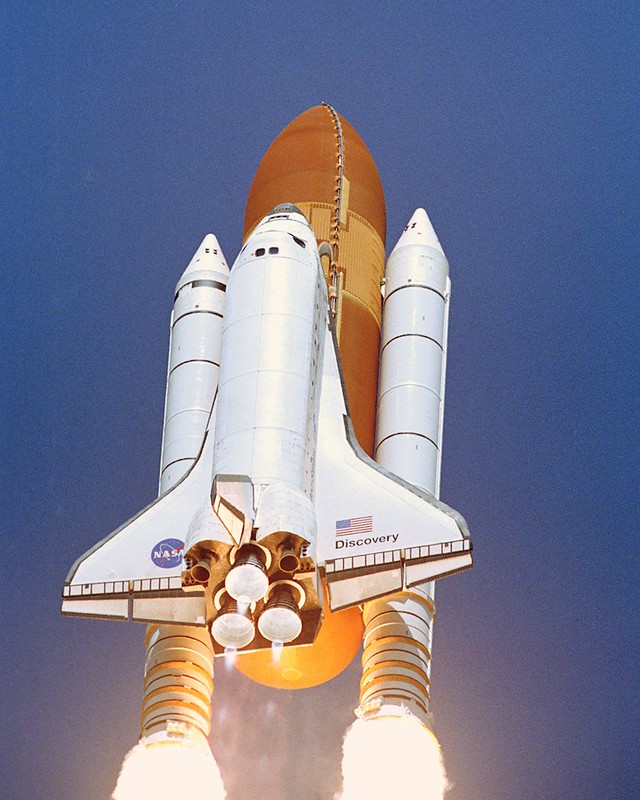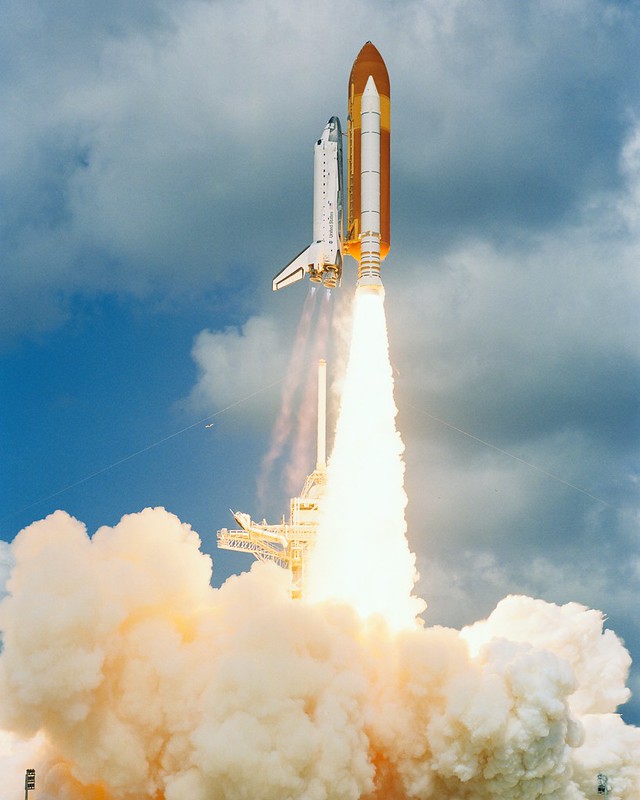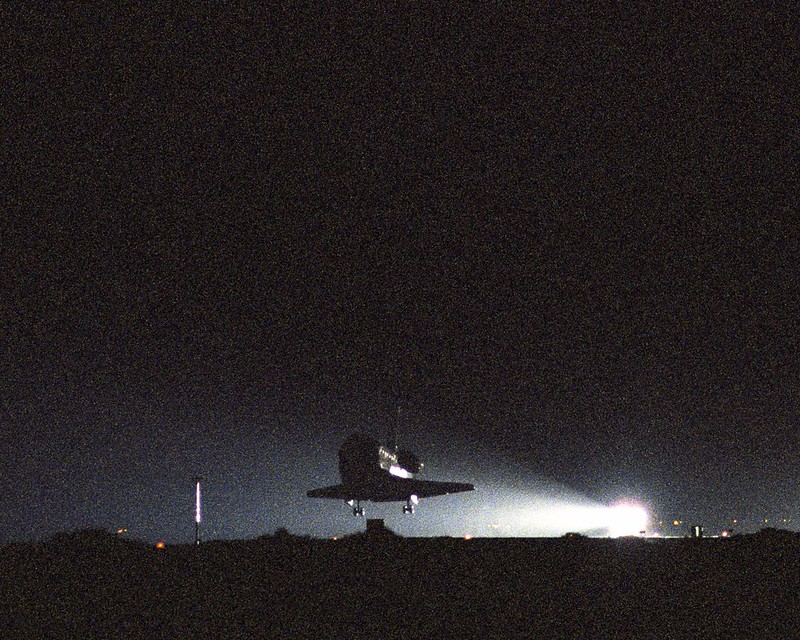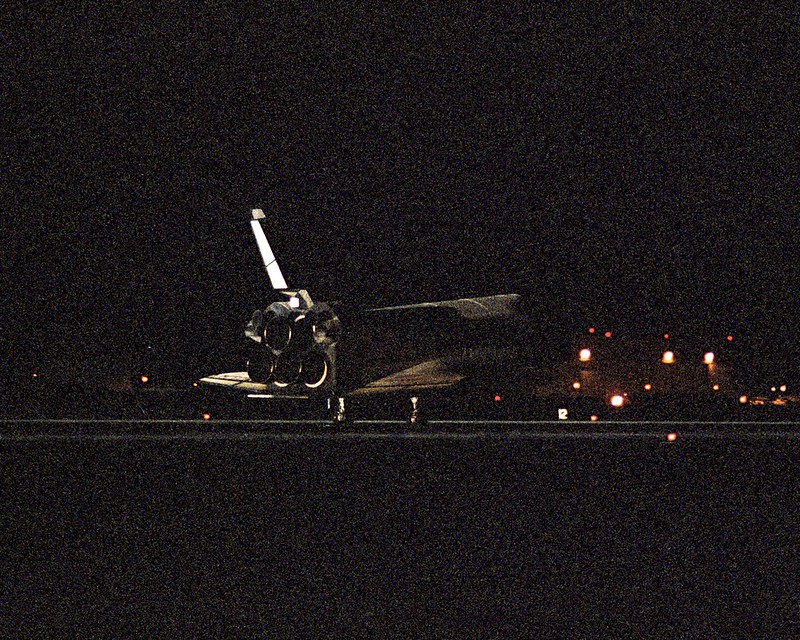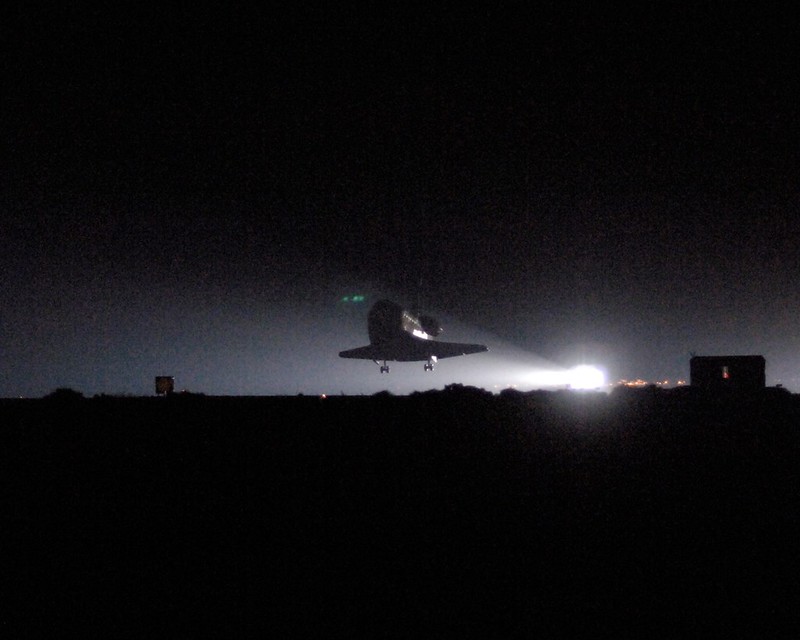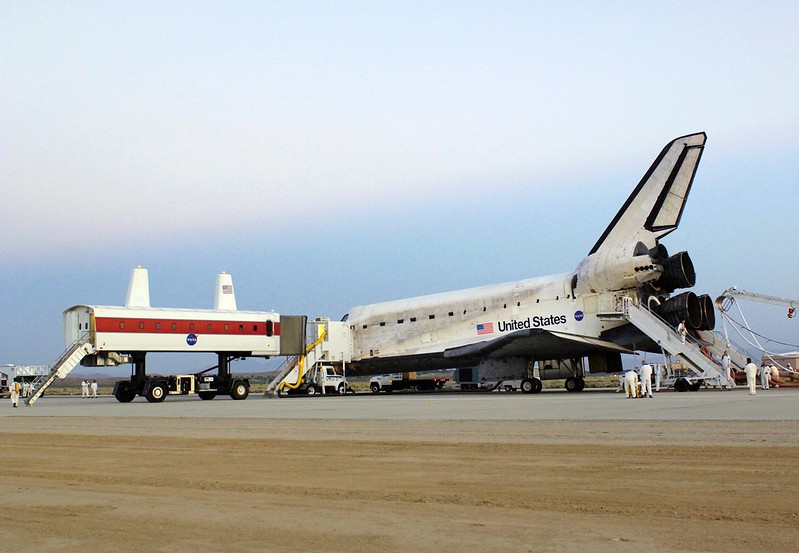STS-114 Fact Sheet
By Cliff Lethbridge

STS-114 – Discovery
114th Space Shuttle Mission
31st Flight of Discovery
Crew:
Eileen Collins, Commander
James Kelly, Pilot
Soichi Noguchi, Mission Specialist
Stephen Robinson, Mission Specialist
Andrew Thomas, Mission Specialist
Wendy Lawrence, Mission Specialist
Charles Camarda, Mission Specialist
Orbiter Preparations:
Tow to Orbiter Processing Facility – August 22, 2001
Tow to Orbiter Processing Facility – October 24, 2001
Tow to Orbiter Processing Facility – January 28, 2002
Tow to Orbiter Processing Facility – March 8, 2002
Tow to Orbiter Processing Facility – April 24, 2002
Tow to Orbiter Processing Facility – June 20, 2002
Tow to Orbiter Processing Facility – August 22, 2002
Tow to Orbiter Processing Facility – March 29, 2005
Rollover to Vehicle Assembly Building – September 17, 2001
Rollover to Vehicle Assembly Building – November 28, 2001
Rollover to Vehicle Assembly Building – April 17, 2002
Rollover to Vehicle Assembly Building – June 14, 2002
Rollover to Vehicle Assembly Building – June 26, 2002
Rollover to Vehicle Assembly Building – July 2, 2002
Rollout to Launch Pad 39A – April 6, 2005
Rollback to Vehicle Assembly Building – May 26, 2005
Rollout to Launch Pad 39A – June 15, 2005
Launch:
July 26, 2005 – 10:39 a.m. EDT. Launch was originally scheduled for July 13, but was postponed when a liquid hydrogen tank low-level fuel cutoff sensor failed a routine pre-launch check. Launch on July 26 occurred on time with no delays.
Landing:
August 9, 2005 – 8:11:22 a.m. EDT at Runway 22, Edwards Air Force Base, California. Rollout distance was 1.5 miles. Rollout time was 60 seconds. Mission duration was 13 days, 21 hours, 32 minutes, 48 seconds. Landing occurred during the 219th orbit. Landing was scheduled for August 7, but was postponed two days due to bad weather at the Kennedy Space Center.
Mission Summary:
Discovery’s climb to orbit was extensively documented through a new system of new and upgraded ground-based cameras, radar systems and airborne cameras aboard high-altitude aircraft. The images captured during Discovery’s launch, and additional imagery from laser systems on a new Orbiter Boom Sensor System and data from sensors embedded in the Shuttle’s wings, helped mission managers determine the health of Discovery’s thermal protection system.
Discovery’s thermal protection tiles and underbelly were extensively photographed as Discovery approached the International Space Station (ISS). Imagery during launch showed a piece of foam being shed from the external tank, as well as thermal protection tile dings and dents. Imagery of the tiles showed two areas where gap filers were protruding. Mission managers decided that the gap fillers would be pulled out during one of the mission’s spacewalks.
The main payload was the Multi-Purpose Logistics Module (MPLM) RAFFAELLO. About 8,000 pounds of supplies and equipment were transferred from RAFFAELLO to ISS, and an equivalent amount of material returned to Earth aboard RAFFAELLO. There were three spacewalks during the mission. The first spacewalk lasted 6 hours, 50 minutes. Astronauts Robinson and Noguchi tested methods for repairing thermal protection tiles while in space. They also installed a base and cabling for a stowage platform and rerouted power to Control Moment Gyroscope-2 (CMG-2), one of four 600-pound gyroscopes that control the orientation of ISS.
The second spacewalk lasted 7 hours, 14 minutes. Astronauts Robinson and Noguchi replaced failed CMG-1 with a new one, assuring that ISS would have four functioning CMG’s. The third spacewalk lasted 6 hours, 1 minute. Astronauts Robinson and Noguchi pulled the two protruding gap fillers from between thermal protection tiles. They also installed an external stowage platform and experiment platform outside ISS.
SELECTED NASA PHOTOS FROM STS-114
